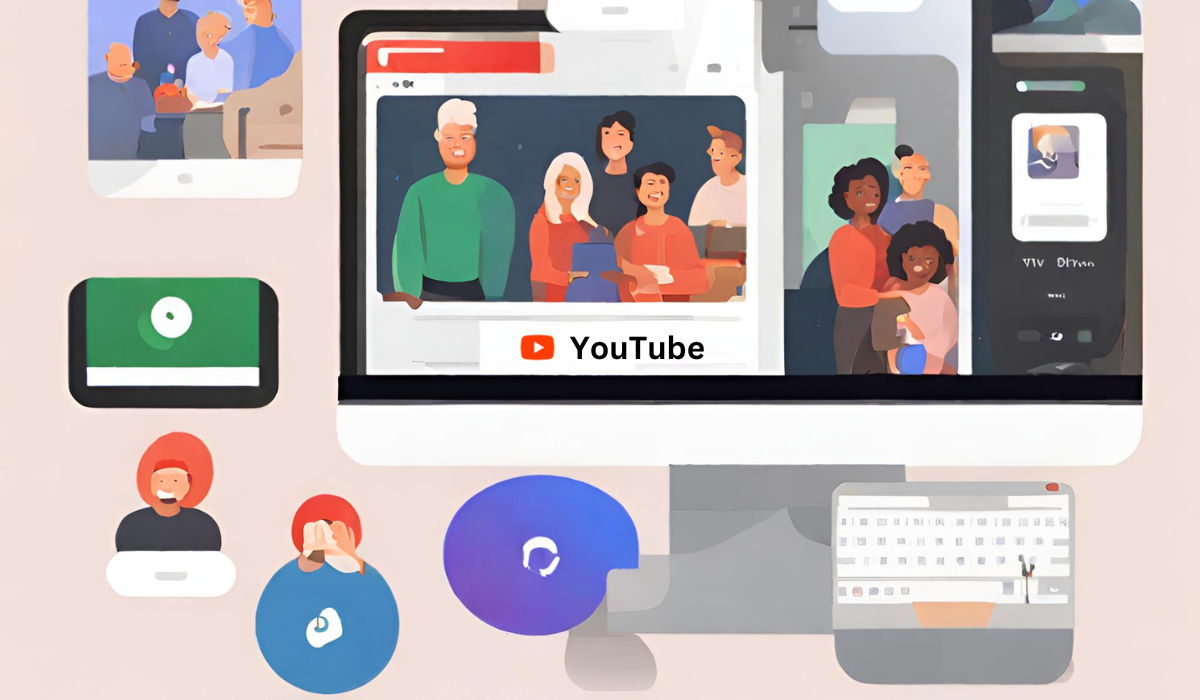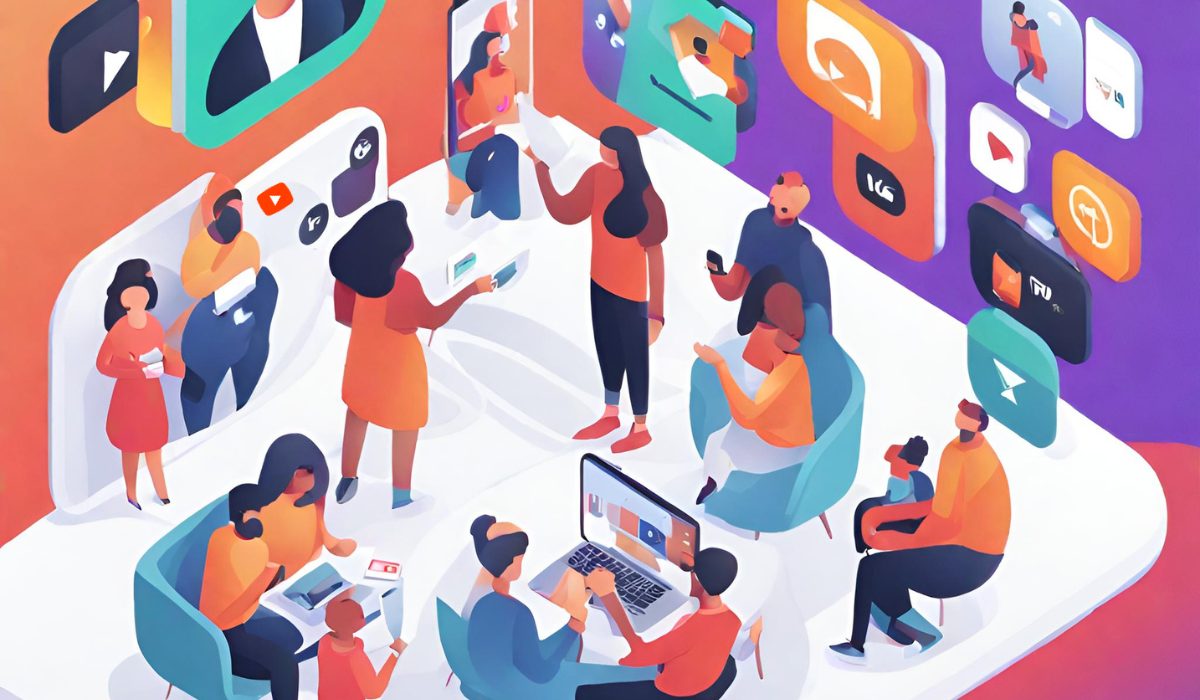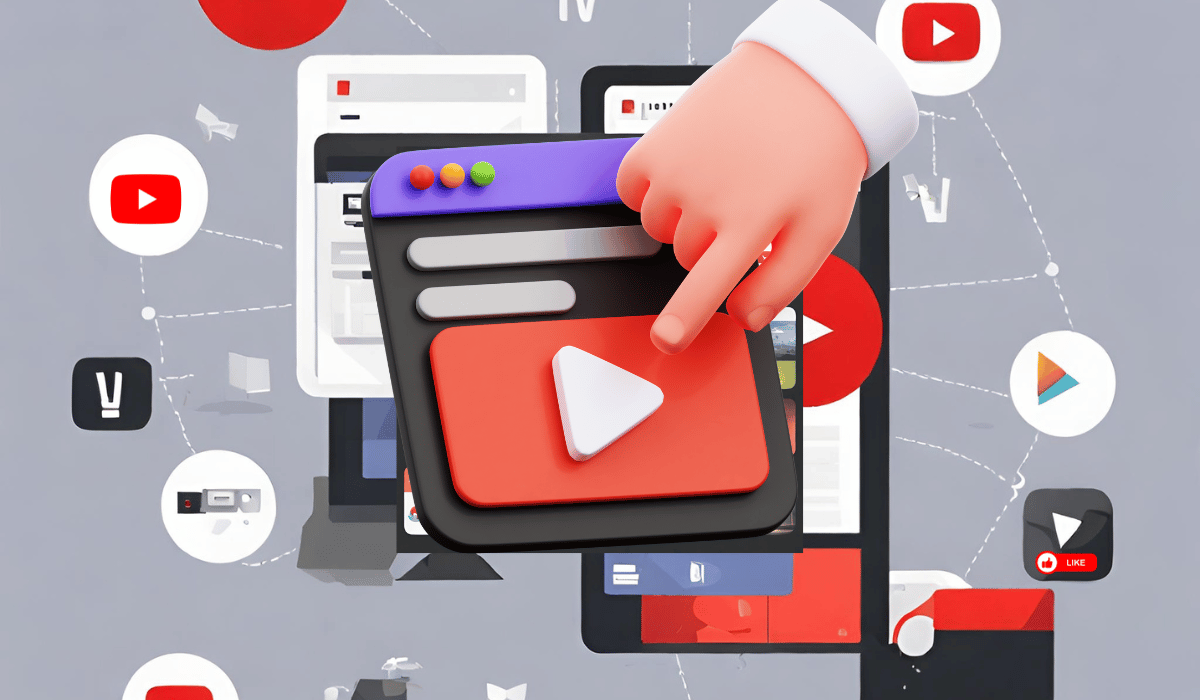Reason Family Member Can’t Access YouTube TV
Your family member may be unable to access YouTube TV if they are not in a supported area or are not subscribed to the service. Additionally, they may be unable to access YouTube TV if they do not have a compatible device or a slow internet connection.
Reason Youtube Family Plan Not Working
Your YouTube family plan may not work if you cannot access the YouTube TV service on a compatible device or your internet connection is too slow. Additionally, you may have trouble if you are not signed in with the same account used to purchase the family plan. You may need to contact YouTube support for assistance if you are still having trouble.
Access YouTube TV With Family Sharing

To access YouTube TV with family sharing, you must sign in to the same account used to purchase the family plan. Once you are signed in, you can access the YouTube TV service on a compatible device. You can find a list of compatible devices here: https://tv.youtube.com/devices.
Restrictions For Family Sharing on YouTube TV

Family sharing on YouTube TV is limited to up to six family members. All family members must be at least 13 years old and have a Google account. Additionally, all family members must be located in the same household. Each family member can access the same content at the same time. However, each family member’s recommendations and watch history will be limited.
Things to Do If Family Link Not Working
If Family Link is not working, try the following steps:
- Check if Family Link is enabled on the device.
- Check if the device is connected to the internet.
- Check if the Family Link app is up to date.
- Check if the device is running the latest version of the operating system.
- Check if the device is compatible with Family Link.
- Restart the device.
- Uninstall and reinstall
Way to Restart My Family’s YouTube
To restart your family YouTube account, you can follow these steps:
- Log into your Family YouTube account.
- Click the “Settings” tab.
- Select the “Restart Family YouTube” option.
- Follow the on-screen instructions to confirm the restart.
- Once the restart is complete, you can use your Family YouTube account again.
Watch YouTube TV in Different Locations
Yes, you can watch YouTube TV in different locations. You only need a device connected to the internet and a YouTube TV subscription. Once logged in to your YouTube TV account, you can access your content from any location.
Way YouTube Work on Multiple TVs
Connecting the device to the same network can watch YouTube on multiple TVs. You can use a streaming device such as a Chromecast, Apple TV, or Roku to stream YouTube content to multiple TVs. You can also use a device such as a laptop, tablet, or smartphone to cast YouTube content on multiple TVs.
Manage YouTube Devices on TV
You can manage YouTube devices on your TV by signing into your YouTube account on each device. Once signed in, you can access the YouTube app from each device. From the YouTube app, you can manage which devices are connected to your account and manage their settings.
Number of Profiles can Have on YouTube TV
YouTube TV supports up to six profiles per account. Each profile can have its personalized recommendations, watch history, and settings.
Downside of YouTube TV
The main downside of YouTube TV is the cost. YouTube TV is a subscription-based streaming service, so you’ll have to pay a monthly fee to access its content. Additionally, some channels may not be available in your area, and the content selection may be limited depending on your location.
Add Another Device to YouTube TV account

You can add devices to your YouTube TV account by going to the Devices page in your account settings. From there, you can add up to six devices to your account. You will need to enter the device’s activation code to add a device. You can find the activation code on the device itself or generate one from the Devices page in your account settings.
Three Streams Six Accounts : YouTube TV
Three streams and six accounts mean you can watch YouTube TV on up to 3 devices simultaneously, and up to 6 people can have their own personalized YouTube TV account. This means each person can have their profile, watch history, and recommendations. Additionally, each account will have access to its own DVR recordings so that everyone can watch their favorite shows and movies.
Unlock my YouTube TV?
To unlock your YouTube TV, go to your account settings and click the “Unlock” button. This will allow you to access YouTube TV and all of its features. After unlocking your account, you can watch live TV, access DVR recordings, and more.
Use YouTube on Multiple Devices At Same Time
Yes, you can use YouTube on multiple devices at the same time. All you need to do is log into your YouTube account on each device, and you can watch the same content on each device. Additionally, each account will have access to its own DVR recordings so that everyone can watch their favorite shows and movies.
Why is YouTube TV Locked?
YouTube TV is locked because it is a subscription service that requires you to create an account and pay a monthly fee to access its content. By creating an account and paying for the service, you agree to the terms of service that YouTube has set, which includes the ability to lock your account if you don’t pay your monthly fee.
Fix YouTube Premium Family
To fix the YouTube Premium family, ensure all family members are logged in with the same account. Then, go to the YouTube Premium family page, and ensure all members are added to the family. Once all members are added, you can manage the family settings and ensure everyone can access the same content. You can also manage the family payment options and ensure everyone is paying their fair share.
